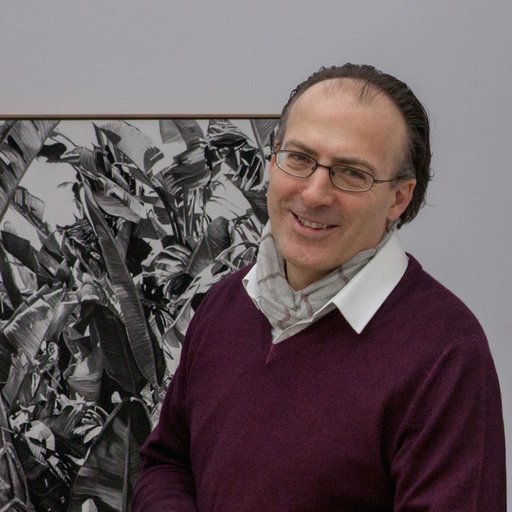Berlinde De Bruyckere
Berlinde De Bruyckere’s mixed media practice revolves around the physical manifestation of pain, rendering physicality with carnal accuracy. She is most well-known for her faceless wax figures in the process of melting or collapsing. These sculptures, lumpy and tinted with red to summon their lifeblood, often mutated into trees or horns, or were stripped of skin at the extremities. The artist began working with horse skin in 1999 and began to integrate materials including resin, rope, leather, iron, and wood into her confrontational artworks, supporting the dualities of violence and peace, male and female, vulnerability and resilience with materials that were quite literally rough or soft. The sexless bodies of wax are the foil to the horse in De Bruyckere’s practice—despite their separation from mortal concerns, they become the slaughtered innocents at the artist’s hand, subject to the torture, mortality, and gory presentation of her figures. The artist maintains a drawing practice mostly with watercolor or gouache as a laboratory for her three-dimensional works and a diary of gory thoughts. In working with such nightmarish physicality, De Bruyckere strives to restore sensitivity to the visualization of suffering.
The artist has exhibited at institutions including Kunsthaus Bregenz, Austria, Australian Centre for …
Berlinde De Bruyckere’s mixed media practice revolves around the physical manifestation of pain, rendering physicality with carnal accuracy. She is most well-known for her faceless wax figures in the process of melting or collapsing. These sculptures, lumpy and tinted with red to summon their lifeblood, often mutated into trees or horns, or were stripped of skin at the extremities. The artist began working with horse skin in 1999 and began to integrate materials including resin, rope, leather, iron, and wood into her confrontational artworks, supporting the dualities of violence and peace, male and female, vulnerability and resilience with materials that were quite literally rough or soft. The sexless bodies of wax are the foil to the horse in De Bruyckere’s practice—despite their separation from mortal concerns, they become the slaughtered innocents at the artist’s hand, subject to the torture, mortality, and gory presentation of her figures. The artist maintains a drawing practice mostly with watercolor or gouache as a laboratory for her three-dimensional works and a diary of gory thoughts. In working with such nightmarish physicality, De Bruyckere strives to restore sensitivity to the visualization of suffering.
The artist has exhibited at institutions including Kunsthaus Bregenz, Austria, Australian Centre for Contemporary Arts, Melbourne, Kunstmuseum Bern, Switzerland, DHC/ART Foundation fur Contemporary Art, Montreal, Museo de Arte Contemporaneo, Buenos Aires, Galerie Rudolfinum, Prague, Museo Nacional de Bellas Arte, Havana, Cuba, Nevada Museum of Art, Las Vegas, Saatchi Gallery, London, and New Museum, New York, among many other international venues. She represented Belgium at the Venice Biennale in 2013, and also exhibited in 2003 and 1999. De Bruyckere participated in the Gwangju Biennale in 2010, the 3rd Moscow Biennale of Contemporary Art in 2009, and the Berlin biennial for contemporary art in 2006, to name a few.






